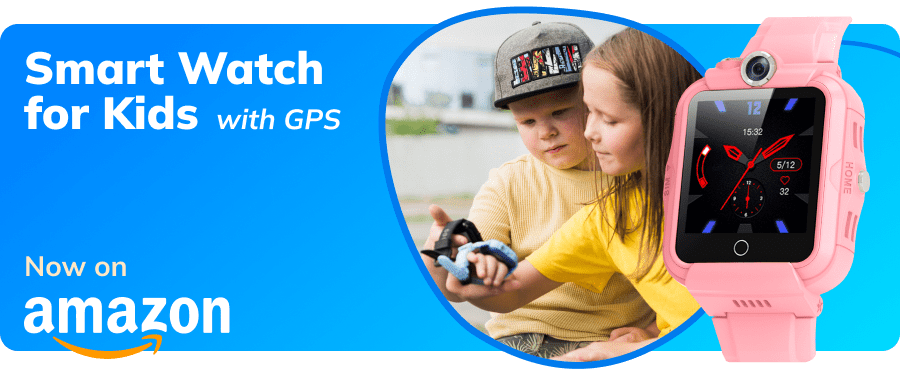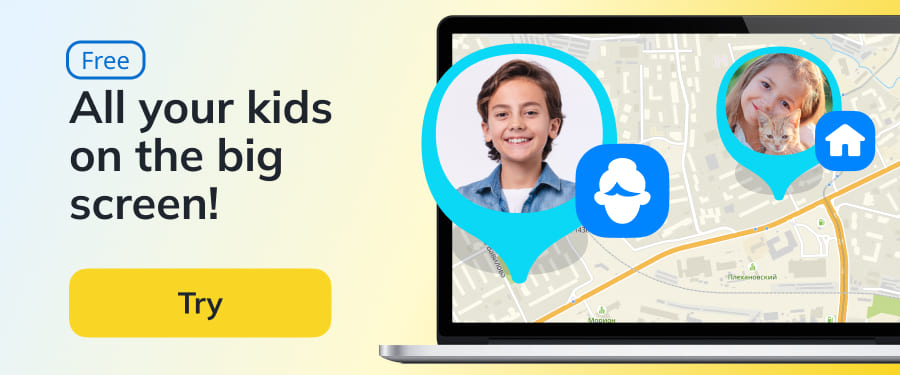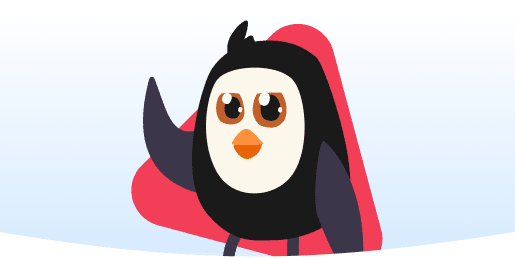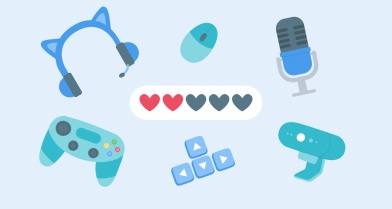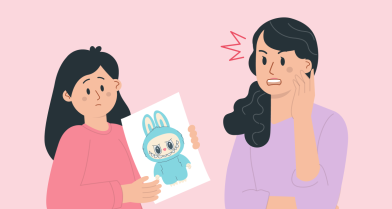If Your Child Has Seen Porn: A Calm Conversation
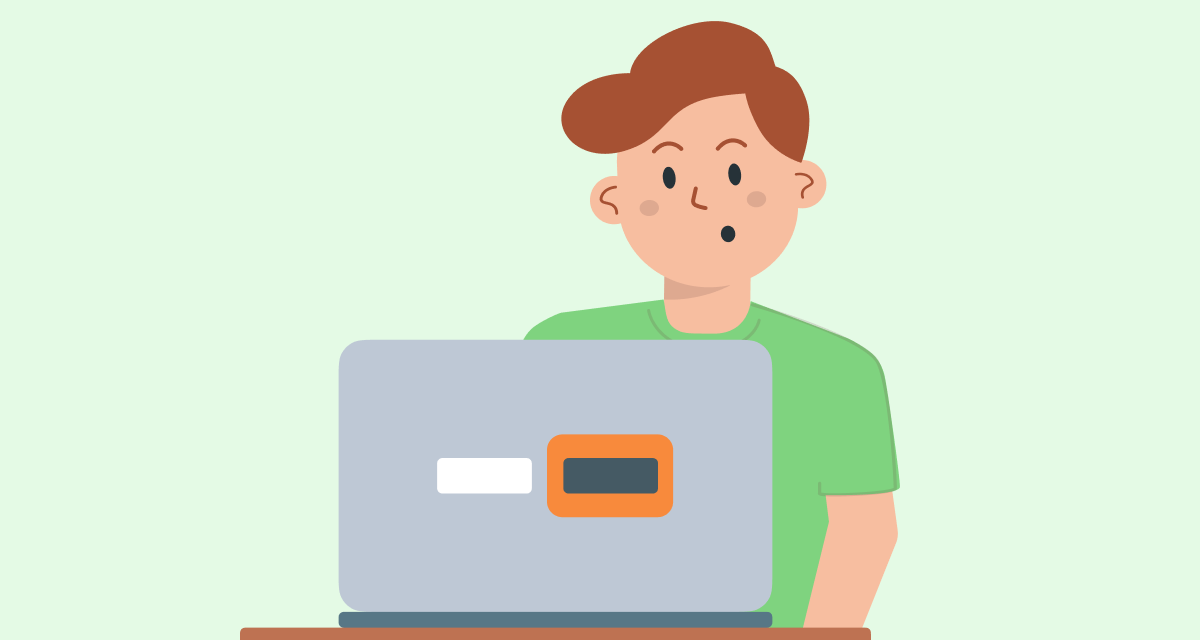
A child might come across an adult film, hear an unfamiliar word from friends, or find a video on TikTok. This can lead to anxiety, shame, confusion, or curiosity. It’s important not to stay silent, but to support your child: to explain that they’re okay and not alone.
Why Kids Watch Porn or Other Adult Content
Sometimes a child is looking for it, other times they stumble upon it by accident. Curiosity, conversations with friends, memes, and ads are all ways explicit content shows up, even where it shouldn’t. For example, in ads inside kids’ games or on YouTube Shorts.
Children as young as 9–10 can see 18+ content. Research shows that the earlier a child is exposed to such content, the higher the risk of developing distorted views of sex and relationships.
How Explicit Content Affects Children
Sexually explicit scenes in movies or videos aren’t meant for children or teens. They can lead to anxious or unrealistic ideas about themselves, others, and intimacy.
Possible consequences of regular exposure to 18+ videos:
For kids aged 7–12:
- Adult scenes can be frightening and confusing
- A child might start mimicking what they saw, without understanding what it means
- It can cause anxiety, aggression, or compulsive behaviors like suddenly talking about sex all the time, using inappropriate gestures, or language
For teens aged 13–17:
- False ideas about sex and consent may take shape
- There’s a higher risk of early sexual activity (before 14–15) and unprotected sex
- Teens might imitate what they’ve seen in porn
- Girls may feel pressured to look or act like the women in those videos; boys may start seeking dominance in relationships
How to Tell If a Child Has Seen Porn
The signs can vary: a sudden interest in the topic, odd phrases, withdrawal, anxiety, or inappropriate gestures. A child might not say anything directly, which is why it’s important to avoid judgment, stay close, and notice the signals.
How to Talk About 18+ Content—by Age
Before starting the conversation, remind yourself: your child may feel awkward, scared, or ashamed—and might not know how to ask questions. Talking about it helps lower risks and keep the connection between you strong.
With children aged 9–12:
- Keep it short, calm, and direct: “Sometimes, you might accidentally see a video online that looks strange or confusing. If that ever happens, you can tell me. I won’t be mad.”
- You can explain that porn isn’t about real relationships or feelings. For example: “Those videos often show violence, disrespect, or rough behavior, but in real life, relationships are based on trust and mutual respect.”
A real-life story
⠀
“My daughter is 9. One day, I noticed she stopped using her tablet, even though she used to watch cartoons and play games all the time. When I asked if everything was okay, she said, ‘I just don’t want to.’ Then, after a moment, she added: ‘I saw a gross video with naked people—it almost made me throw up!’
⠀
I tried to stay calm, even though it was hard. I told her it wasn’t her fault, that these things can pop up by accident. I explained that those videos don’t show what real relationships are like. Then I said, ‘That was made for adults, and I don’t know why it showed up for kids. If you ever see something like that again, just turn it off and come tell me. We can talk about it together.’
⠀
She didn’t say anything else, but later that evening she picked up her tablet again. I figured she felt a little better. It was hard to know how much to say at her age, but I just wanted her to know she could always come to me.”
⠀
— Anna, mom of a 9-year-old girl.
With teens aged 13–17:
- Be respectful: “You already know a lot. If you ever want to talk, I’m here to help you figure out what’s real and what’s just made for the screen.”
- Talk about consent, feelings, and safety. For example: “It’s important that both people want it and respect each other’s boundaries. If someone feels pressured or uncomfortable, that’s a sign to pause and talk.”
- Make it clear: you’re there to support, not control, and they can come to you.
What About Filters and Parental Controls?
Parental controls, content restrictions, and kid-safe apps can reduce the chances of exposure to 18+ videos. But even the strictest filters can’t replace trust.
Your child might still come across something they’re not ready for. It’s not just about limiting access. It’s about explaining why, and letting them know you’re there if they ever feel confused or worried.
⠀
Talking to your child about sexuality can feel difficult. But these conversations aren’t about awkwardness—they’re about trust and care. Even if you don’t know exactly what to say, just being present and listening is often enough to protect them.
References:
- Talking with teenagers about pornography at 12-18 years: parenting tips, Raising Children Network, 2025
- Exposure to sexual content and problematic sexual behaviors in children and adolescents, JAMA Pediatrics, 2023
- Exposure to Pornography and Adolescent Sexual Behavior, International Journal of Environmental Research and Public Health, 2023
- Sexually explicit media exposure in early adolescence related to risky sexual behavior, PLOS ONE, 2020
- The effects of pornography on children and young people, Australian Institute of Family Studies, 2020
Проверьте электронный ящик

